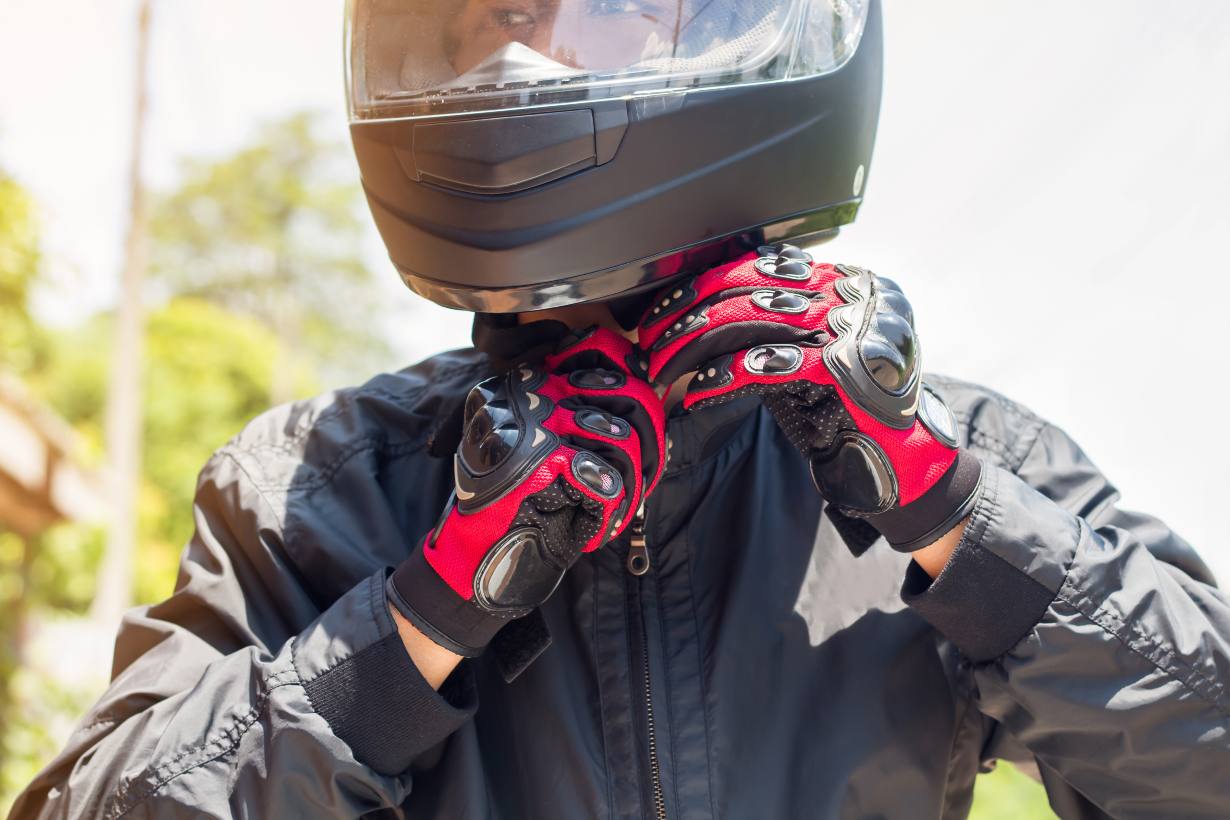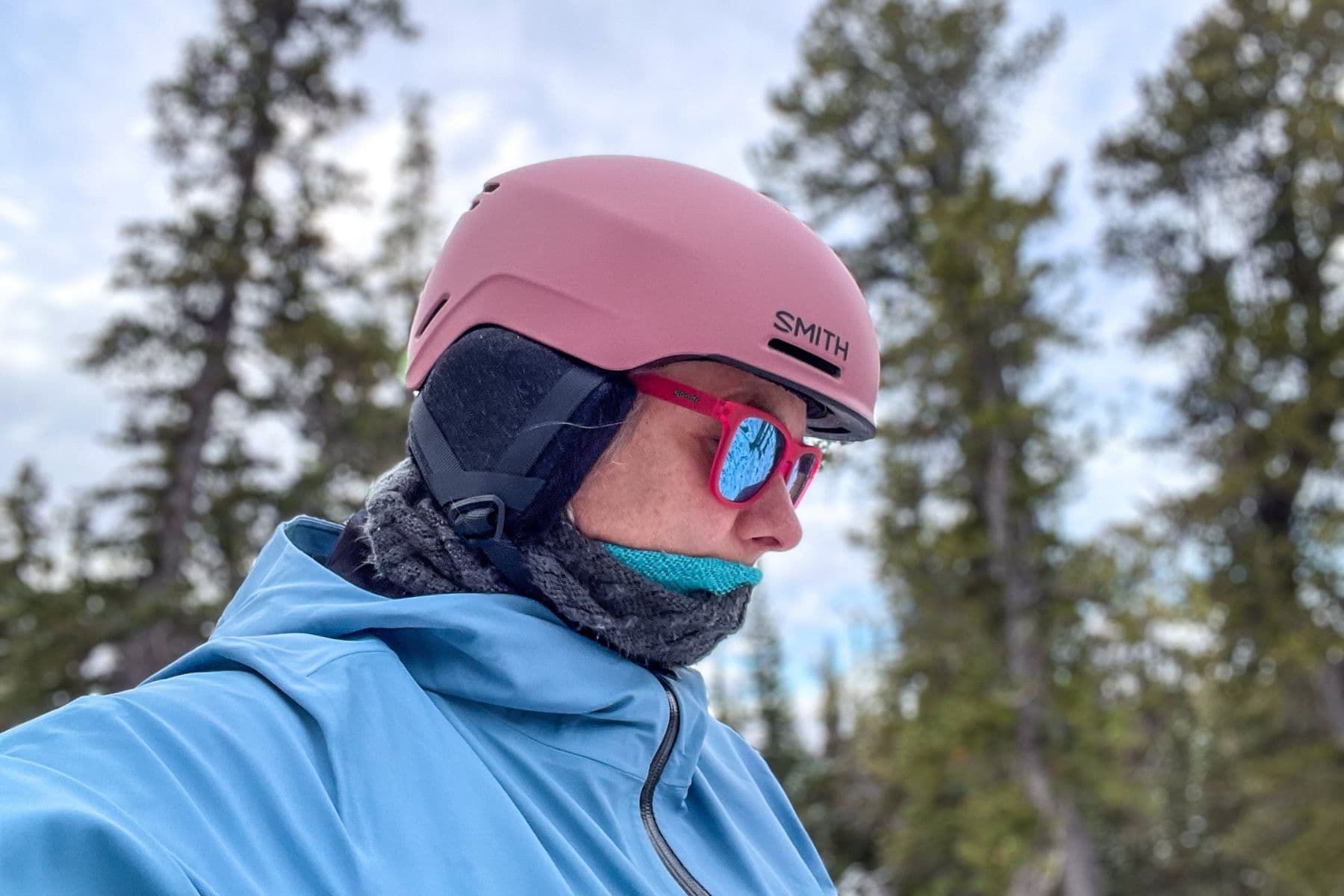Whether you’re riding a motorcycle, cycling, or participating in sports, wearing a helmet can be a lifesaver. Helmets reduce the risk of serious injury by protecting your head during impact, a crucial safety measure for anyone engaging in potentially high-risk activities.
This article explores the importance of wearing a helmet, covering the benefits, safety statistics, and how helmets provide critical protection when you need it most.
1. Helmets Reduce the Risk of Serious Head Injury
- Head Protection: Helmets are designed to absorb impact forces, reducing the force that reaches your skull and brain in an accident.
- Reduction in Fatalities: Studies show that helmets can reduce the risk of fatal head injuries. For example, motorcycle helmets are estimated to be 37% effective in preventing fatal injuries among motorcycle riders and 41% for passengers.
- Minimizing Traumatic Brain Injury (TBI): Helmets help prevent traumatic brain injuries by cushioning and stabilizing the head upon impact, essential in both cycling and motorcycling accidents where head trauma is a leading cause of injury.
2. Helmet Use is Required by Law in Many Regions
- Legal Requirements: Many countries and states have helmet laws, especially for motorcyclists and younger cyclists. Wearing a helmet in these regions isn’t just recommended; it’s mandatory.
- Penalties and Fines: In areas with helmet laws, not wearing a helmet can lead to fines and penalties, highlighting the legal emphasis on safety. For instance, many U.S. states require helmets for motorcyclists under a certain age, and many European countries have strict helmet laws.
- Compliance Promotes Public Health: Helmet laws are a public health measure, aimed at reducing healthcare costs associated with head injuries and fatalities.
3. Helmets Provide Critical Protection for Different Activities
a) Motorcycling and Scootering
- High-Speed Protection: Helmets protect motorcyclists against high-speed impacts, reducing the risk of severe injury or death.
- Reduced Wind and Debris: Helmets also provide a barrier against wind, dust, and debris, allowing riders to see clearly and ride safely.
b) Cycling
- Protection in Urban and Rural Areas: Cyclists face risks from both traffic in urban areas and obstacles in off-road conditions. Helmets protect against falls and collisions, both common causes of cycling injuries.
- Minimizes Risk from Falls: Studies indicate that cyclists wearing helmets reduce their risk of severe head injuries by as much as 70% in case of a fall or accident.
c) Sports and Recreational Activities
- Skiing and Snowboarding: Helmets reduce the risk of head trauma from falls or collisions with other skiers or obstacles.
- Skateboarding and Rollerblading: Helmets cushion the impact if riders fall, which is particularly important for skateboarders and rollerbladers performing tricks or riding in urban areas.
- Construction and Industrial Work: Hard hats and helmets protect workers from falling objects and accidental head bumps, reducing the risk of workplace injuries.
4. Helmets Can Prevent Permanent Disabilities
- Preventing Life-Altering Injuries: Head injuries can result in long-term disabilities, including memory loss, cognitive impairment, and motor function issues. Wearing a helmet can prevent these life-altering injuries.
- Improved Recovery Outcomes: Even in cases where injury occurs, helmet wearers often experience less severe injuries, leading to faster recovery times and a better prognosis.
5. Helmet Technology Improves Safety
- Impact-Absorbing Materials: Modern helmets use advanced materials, like EPS foam and polycarbonate shells, to absorb shock and reduce the force that impacts the skull.
- Innovative Features like MIPS: The Multi-directional Impact Protection System (MIPS) reduces rotational forces on the brain, providing enhanced protection in angled impacts. This technology is especially beneficial for cyclists and motorcyclists.
- Enhanced Comfort Features: Helmets now come with adjustable straps, ventilation, and padding, making it easier to find a comfortable fit and wear it consistently.
6. Helmet Use Sets a Positive Example
- Influencing Young Riders and Athletes: Wearing a helmet promotes safety awareness, particularly for children and teens, encouraging them to prioritize their health and safety.
- Community Safety Culture: Helmet-wearing communities tend to foster a culture of safety, which reduces overall injury rates and sets positive behavioral standards for all riders.
7. FAQs About Helmet Use
- Is it necessary to wear a helmet for short rides?
- Yes, accidents can happen on any ride, regardless of distance or speed. Helmets offer protection for any unexpected event.
- Can wearing a helmet really make a difference in an accident?
- Absolutely. Helmets are proven to reduce the severity of injuries in accidents, often making the difference between minor injuries and severe trauma.
- How often should I replace my helmet?
- Helmets should be replaced every 3-5 years or immediately after a significant impact, as the materials can degrade over time, reducing effectiveness.
Conclusion
Wearing a helmet is one of the simplest, most effective ways to protect yourself from severe injury.
Helmets save lives by reducing the risk of head trauma, complying with safety laws, and offering additional benefits like wind and debris protection.
Whether you’re on a motorcycle, bicycle, or engaging in a high-risk sport, wearing a helmet should always be a priority. By choosing safety first, you’re protecting your future and setting an example for those around you.




![Where to Buy a Helmet in [City/Area]](https://jphelmet.com/wp-content/uploads/2024/11/hq720-1.jpg)



